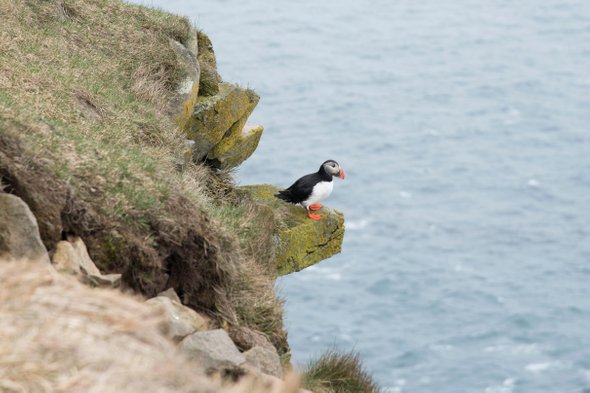(单词翻译:单击)
听力文本
This is Scientific American — 60-Second Science. I'm Christopher Intagliata.
Climate change means springtime's arriving earlier across North America. But the season's onset isn't changing at the same rate across the nation.
"Spring is not advancing as quickly in southern regions as it is in northern regions." Eric Waller, a biogeographer at the U.S. Geological Survey.
He and his team analyzed more than a hundred years of data on when the first leaves and flowers emerge across North America each srpring And they found that although spring has sprung earlier nearly everywhere, in certain wildlife refuges, the season hits extremely early.

And that mismatch could be a problem for migratory birds, who might leave their temperate overwintering grounds down south at the usual time, only to find they've arrived up north too late. "Their food resources might be withering and they might not have as much food available to them. And that could affect their reproduction, their breeding."
The analysis is in the journal PLOS ONE.
The upshot: it may be more difficult than we thought to predict the effects of climate change on migratory birds. But the data might help land managers decide which plots of land to acquire, to augment existing reserves—and in doing so, ensure that even later birds still get the worm.
Thanks for listening for Scientific American — 60-Second Science. I'm Christopher Intagliata.
参考译文
这里是科学美国人——60秒科学。我是克里斯托弗·因塔利亚塔。
气候变化意味着整个北美地区的春天提前到来。但在全国范围内,季节开始的变化速度并不一致。
“就春天提前的速度来说,南方没有北方快。”美国地质调查局的生物地理学家埃里克·沃勒说到。
他和团队分析了100多年来的数据,分析内容为北美各地每年初叶和初花的产生时间。他们发现,尽管几乎各地都出现了早春现象,但在某些野生动物保护区,春天“来袭”地极早。
这种不匹配对候鸟来说可能是一个问题,因为候鸟会在正常时间离开南方温暖的过冬地,到北方时却发现为时已晚。“它们的食物资源可能正在枯竭,它们可能无法找到充足的食物。而这会影响它们繁育后代。”
该分析发表在《公共科学图书馆·综合》期刊上。
结果是:预测气候变化对候鸟的影响,可能比我们想象得要困难得多。但这些数据也许能帮助土地管理者决定购买哪些土地,来扩大现有保护区,进而确保晚到的候鸟也有虫子吃。
谢谢大家收听科学美国人——60秒科学。我是克里斯托弗·因塔利亚塔。
译文为可可英语翻译,未经授权请勿转载!


